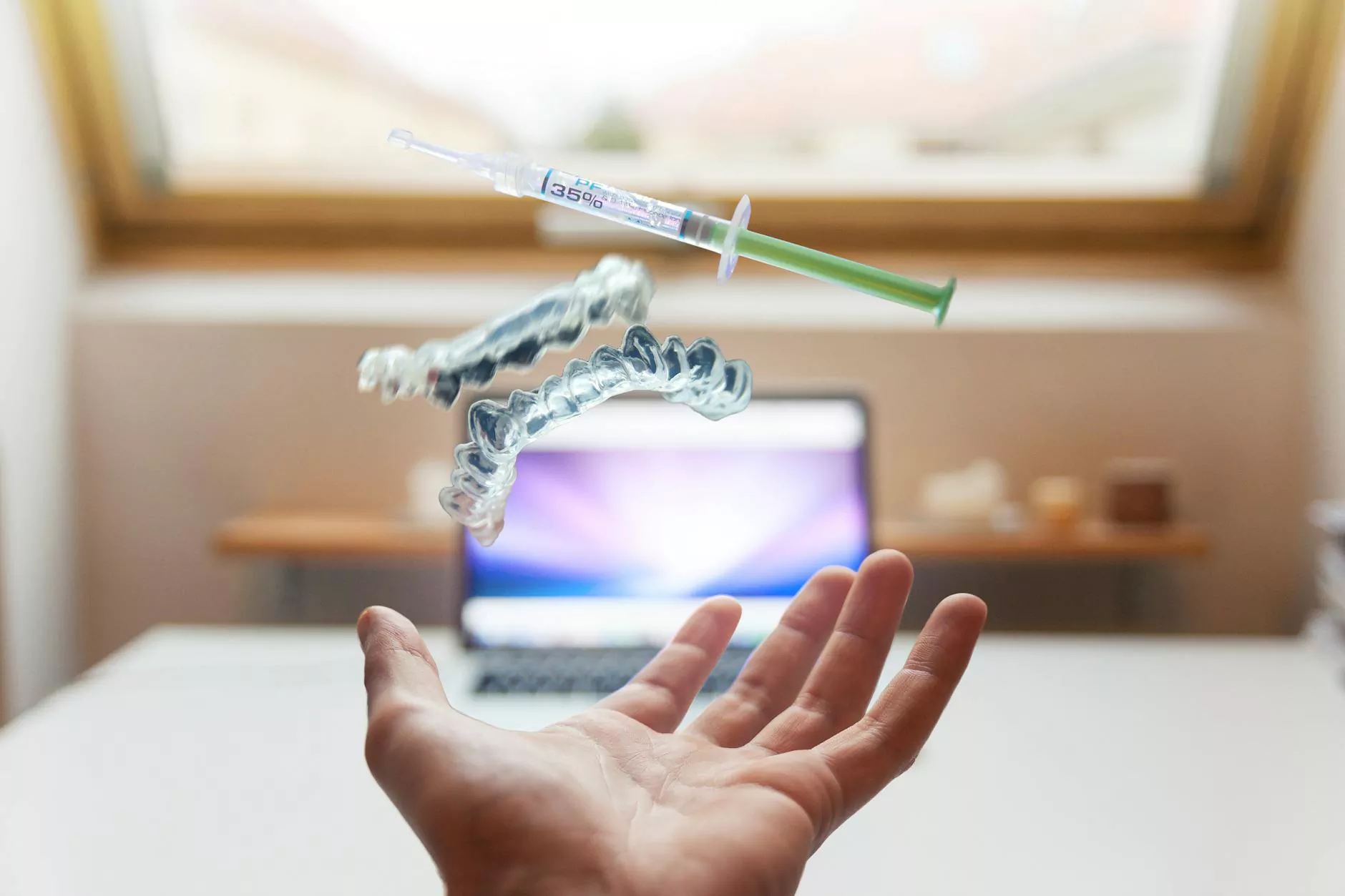Understanding Thoracolumbar Junction Syndrome: A Comprehensive Guide

The thoracolumbar junction syndrome is a complex condition that affects the junction between the thoracic and lumbar regions of the spine. This junction is critical for spinal health and mobility, and when it becomes dysfunctional, it can lead to a variety of health issues and pain. In this article, we will delve into the intricacies of this syndrome, exploring its causes, symptoms, diagnosis, and treatment options, particularly focusing on chiropractic care as an effective resolution.
What is Thoracolumbar Junction Syndrome?
The thoracolumbar junction refers to the area where the thoracic spine, which consists of 12 vertebrae, meets the lumbar spine, comprising 5 vertebrae. This junction is essential for several movements and functions in the body, including bending, twisting, and supportive posture. When this area is compromised, it can lead to a condition known as thoracolumbar junction syndrome.
Causes of Thoracolumbar Junction Syndrome
Thoracolumbar junction syndrome can arise from a variety of factors, including:
- Injury or Trauma: Sudden impacts or chronic strains can damage the vertebrae or surrounding tissues.
- Poor Posture: Prolonged poor posture, especially in sedentary lifestyles, can cause misalignments leading to dysfunction.
- Muscle Imbalance: Weakness or tightness in specific muscle groups can cause strain on the thoracolumbar junction.
- Degenerative Changes: Conditions such as osteoarthritis can contribute to the degeneration of spinal structures.
- Genetic Factors: Some individuals may have predispositions to spinal malformations or weaknesses.
Symptoms of Thoracolumbar Junction Syndrome
The symptoms associated with thoracolumbar junction syndrome can vary significantly among individuals. Common symptoms include:
- Localized Pain: Pain in the lower back or upper lumbar area that can be sharp or dull.
- Radiating Pain: Discomfort that travels down the legs or up the spine.
- Stiffness: Reduced flexibility in movement, particularly during twisting or bending.
- Nerve Symptoms: Tingling, numbness, or weakness in the legs.
- Muscle Spasms: Involuntary contractions that may increase pain and discomfort.
Diagnosis of Thoracolumbar Junction Syndrome
Proper diagnosis is crucial in addressing thoracolumbar junction syndrome. A healthcare provider may conduct several steps to confirm the diagnosis:
- Medical History: Discussing symptoms, lifestyle, and any previous injuries.
- Physical Examination: Assessing posture, range of motion, and areas of tenderness.
- Imaging Tests: X-rays, MRIs, or CT scans may be ordered to visualize the alignment and health of the spinal structures.
Treatment Options for Thoracolumbar Junction Syndrome
The treatment of thoracolumbar junction syndrome can be multifaceted and may include:
1. Chiropractic Care
Chiropractors can play a significant role in the management of thoracolumbar junction syndrome. They utilize specific spinal manipulations to help:
- Realign Vertebrae: Correcting misalignments that contribute to pain.
- Increase Mobility: Restoring range of motion through targeted adjustments.
- Relieve Pressure: Easing tension on nerves and surrounding tissues.
2. Physical Therapy
Physical therapists can provide structured programs that may include:
- Stretching Exercises: To improve flexibility and reduce stiffness.
- Strengthening Exercises: To support the core muscles around the spine.
- Manual Therapy: Hands-on techniques to manipulate soft tissues and joints.
3. Pain Management
For many, managing pain is a priority:
- Medications: Over-the-counter or prescribed anti-inflammatory medications may provide relief.
- Injections: Corticosteroid injections may be recommended in severe cases for temporary relief.
4. Lifestyle Modifications
Making lifestyle changes can also support recovery:
- Posture Correction: Being mindful of posture, especially while sitting or lifting.
- Ergonomic Adjustments: Modifying workspaces to reduce strain.
- Regular Exercise: Engaging in low-impact activities, like swimming or walking, to maintain spinal health.
Setting Realistic Expectations for Recovery
Recovering from thoracolumbar junction syndrome requires patience and consistency. While some individuals may experience improvement relatively quickly, others may take longer to heal. Continuous engagement with healthcare providers, including chiropractors and physical therapists, is essential to developing a personalized recovery plan.
Preventing Thoracolumbar Junction Syndrome
Prevention strategies are vital in reducing the risk of thoracolumbar junction syndrome. Consider the following:
- Regular Exercise: Incorporating strength and flexibility training into your routine.
- Avoiding Prolonged Sitting: Taking breaks to stand and stretch frequently.
- Using Proper Lifting Techniques: Lifting with the legs rather than the back to prevent strain.
Conclusion
Understanding thoracolumbar junction syndrome is essential for both prevention and recovery. With appropriate chiropractic care, physical therapy, and lifestyle adjustments, individuals can effectively manage their symptoms and improve their quality of life. As this condition is often multifactorial, a holistic approach involving various healthcare professionals is recommended for optimal results.
Resources for Further Reading
For those seeking more information on thoracolumbar junction syndrome and effective management strategies, consider the following resources:
- IAOM-US - International Academy of Orthopedic Medicine
- NCBI - National Center for Biotechnology Information
- Spine-Health - Comprehensive information on spine health
By prioritizing spinal health and seeking the appropriate care, individuals suffering from thoracolumbar junction syndrome can find relief and improve their overall well-being.









